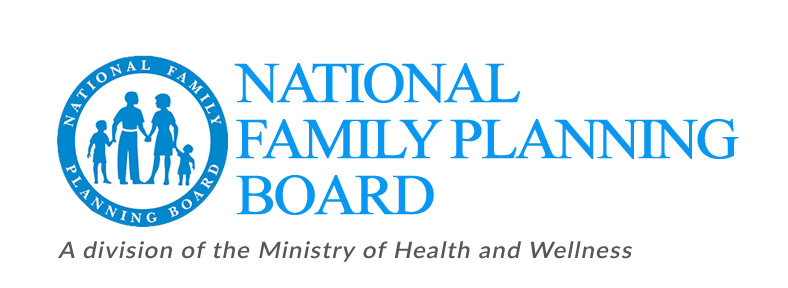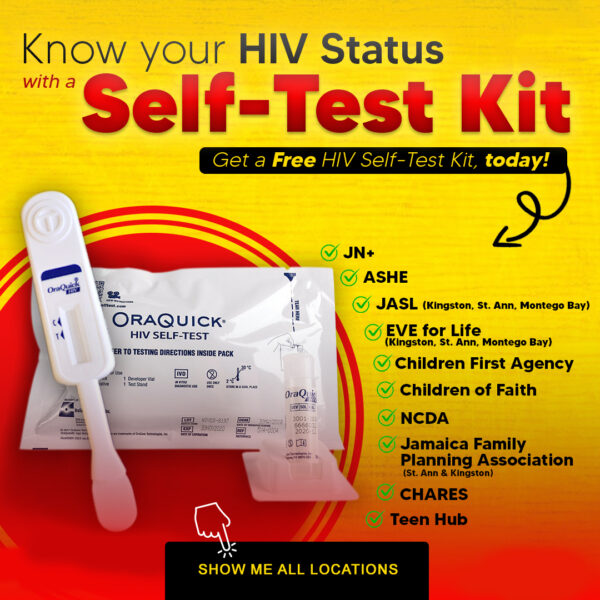
Health Provider Newsletter (January to March 2021 Edition)Now Available
Last quarter’s Health Provider Newsletter focused on Infertility and Assisted Reproductive Technology (ART) based on the agency’s Instagram Live Series ‘Sex and You’. Guest presenters were Dr. Nastasia Tate, Consultant Obstetrician and Gynaecologist and Dr. Leroy Campbell, Obstetrician and Gynaecologist. As promised, the continued coverage of the informative exchange that was moderated by Miss Nickeishia Barnes, Behaviour Change Coordinator – Public/Private, NFPB, is captured in this edition of the newsletter. Dr. Campbell’s contribution is again paraphrased and condensed.




Recent Comments